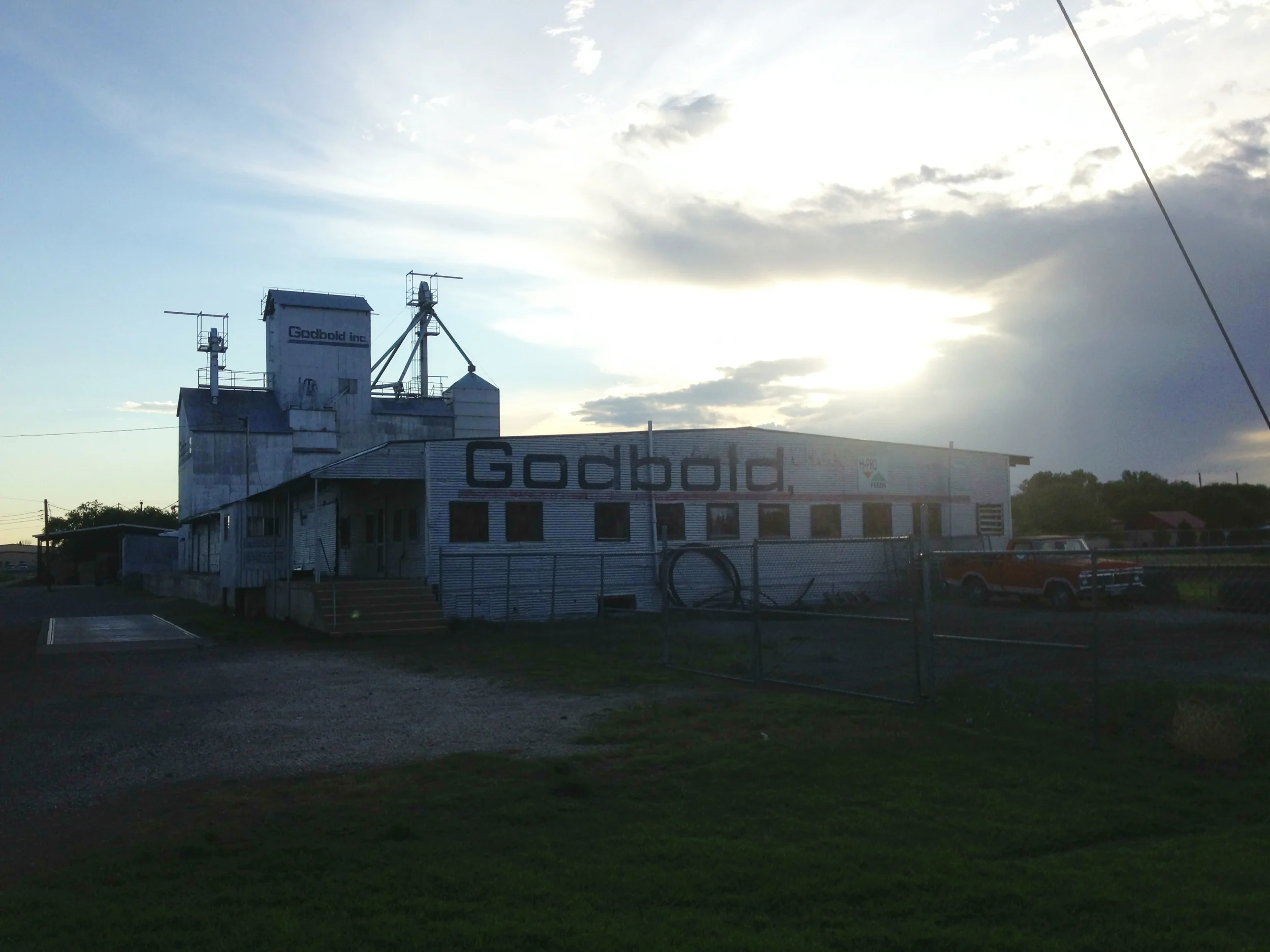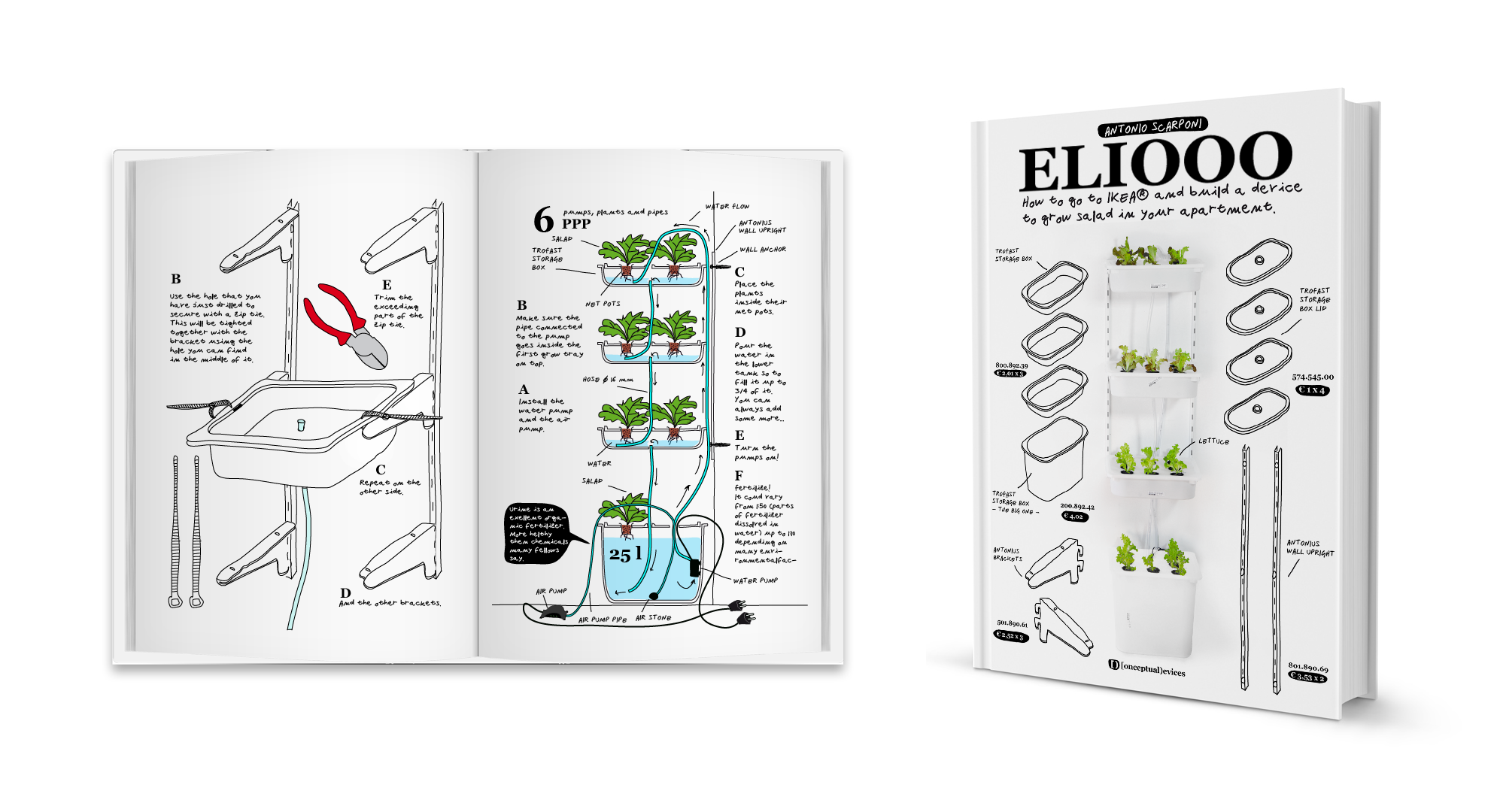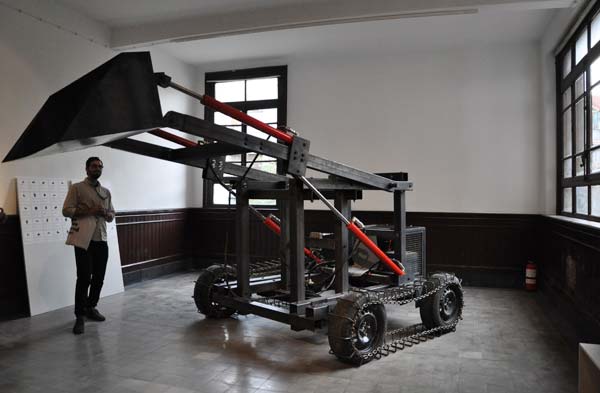Farm Hackin'
In 1968, Stanford biologist Paul Ehrlich took a detour from his usual research subject -- butterflies -- and wrote a book called The Population Bomb. As with many alarmist books, it was a bestseller, and quickly landed its previously obscure author on The Tonight Show. Ehrlich argued that the world was headed into a state of perilous scarcity, where an exploding population would overtax the planet's ability to produce fresh food and water. This led to a bet with economist Julian Simon, who posited that human's ability to innovate would always outsmart obstacles to growth. Like Malthusians before and since, Ehrlich was proven wrong, and paid up in the late nineties, despite a doubling of Earth's population in the meantime.
Scarcity is still a popular topic amongst both the libertarian, gold-bugging right and the organic, kombucha-brewing left. And it makes basic sense, right? American farmers, once the vast majority of the population, are at only 2% of the workforce now. Very few of us are directly involved in growing food. Less and less of our land is devoted to agriculture. And the land that is out there seems to be giving out, worn down by a century or more of highly productive monoculture. It seems only logical that the oil, the gas, and the infrastructure will give out one day, disrupted by plant diseases, climate change, water scarcities, and unsustainable demand.
Monoculture corn: the cause of, and solution to, all of our food system's problems. Via O Ecotextiles.
As a whole chorus of Cassandras, from Michael Pollan to Mark Bittman to Morgan Spurlock, have made clear, our food system is rife with problems. It is good at a few key things, namely turning raw materials into huge amounts of raw calories. But it is terrible at nearly everything else, destroying precious topsoil, letting loose questionable bio-engineering experiments, imprisoning chemical-laden animals, all while its products make us fat and sick. The exportation of American methods to other countries has led to questionable outcomes -- massive yields, tempered by corporate control and loss of diversity.
All of these problems have surfaced in my life in various ways over the years. Living in Arizona, I saw what desert and true water scarcity looks like. Years later, eating in Alabama, depleted cotton fields had been turned over to catfish farms, which were in turn facing stiff comeptition from Asia. Meanwhile, a third of the population was on food stamps and a third were obese. Chicago, my home for the last two years, was ringed by a corn belt, an industry heavily dependent on government subsidies.
Grain elevator in Marfa, Texas. Taken on our road trip there this summer.
The response to all of these issues championed by many in the popular press is something along the lines of Joel Salatin's Polyface Farm in Virginia. A prominent appearance in Michael Pollan's bestselling Omnivore's Dilemma brought his techniques mass attention. He farms grass, using pasture as part of a rotational graze-and-plant system that supports chickens, cattle, pigs, and vegetables. Its regenerative cycles turn animal waste into fertilizer and grass into sustainable (albeit expensive) organic protein.
However, as sustainable as it may be, Polyface doesn't produce the sheer density of calories per acre as a field of Iowa corn. So, other technologies are starting to move into the breach, combining low-fi techniques with sophisticated analytics to hack the farm. These hacks -- guerilla interventions in the farm-food-industrial complex that, if successful, may find their way to wide adoption. Many of these designs also merit longer blog posts that I hope to explore in the future.
I got the Eliooo book for my birthday last year, and keep hoping for a snow day to build out the system this winter . . .
At the low-barrier-to-entry end of the spectrum, Eliooo, by Antonio Scarponi, is an instruction guide for hacking Ikea tubs into simple home hydroponic systems. Jeff Hamlin, of the vaguely sinister-sounding Climate Corporation, aims to help conventional farmers operate at peak efficiency by analyzing soil moisture, satellite data, and historical weather patterns. The Land Institute, in Salina, Kansas, has been on a 30-year quest to turn hardy prairie grasses into edible, perennial grains. Open Source Ecology, just two years old, is attempting to build a set of basic farm machines using crowd-sourced wiki techniques and open documentation tools. Along the same lines, Farm Hack is an open-source website dedicated to resilient agriculture. And, just last year, Modern Farmer cropped up to Instagram the whole revolution.
So, as a resolution of sorts, I've decided to give a few of these ideas a shot this year. I'm not sure what exactly I'll be able to manage the time and space for, but at the very least it'll give me an excuse to read up on some of these ideas in more detail. In the meantime, I added some agricultural elements to the kitchen at least . . .
The Open Source Ecology LifeTrac, via Mat and Me.



